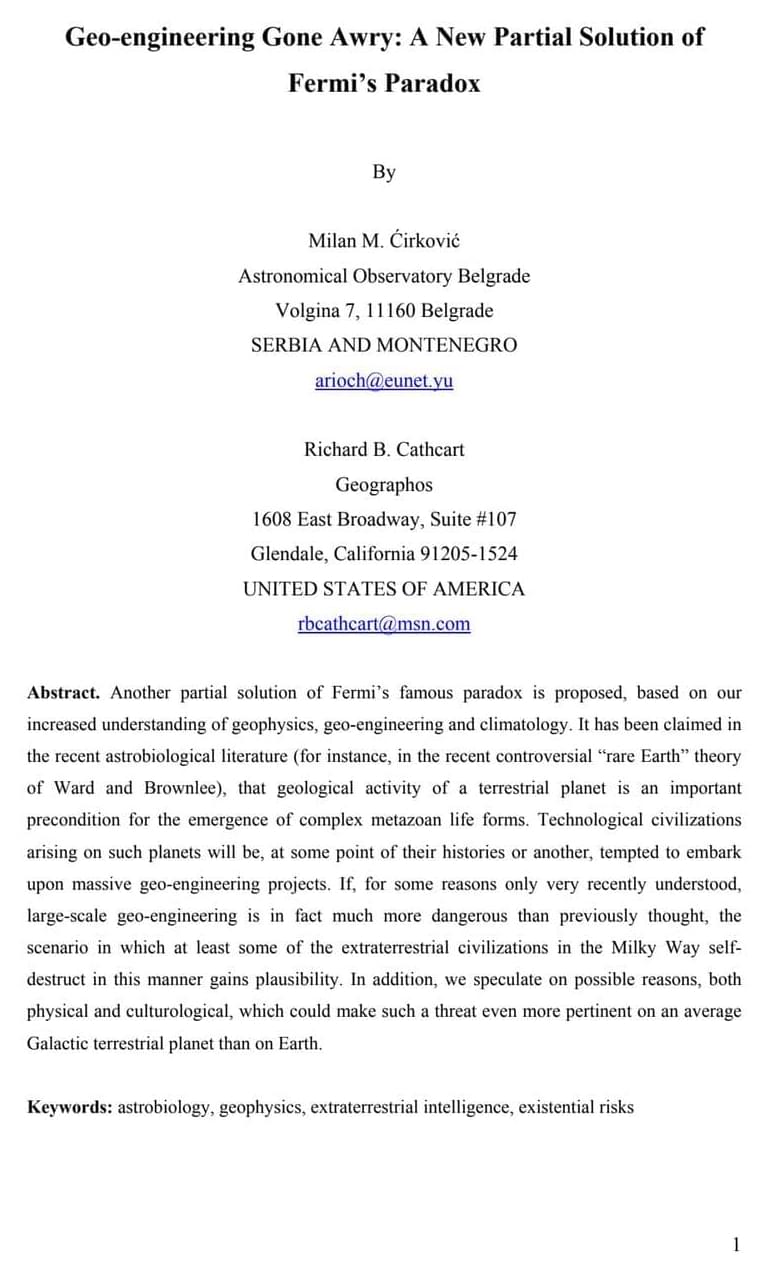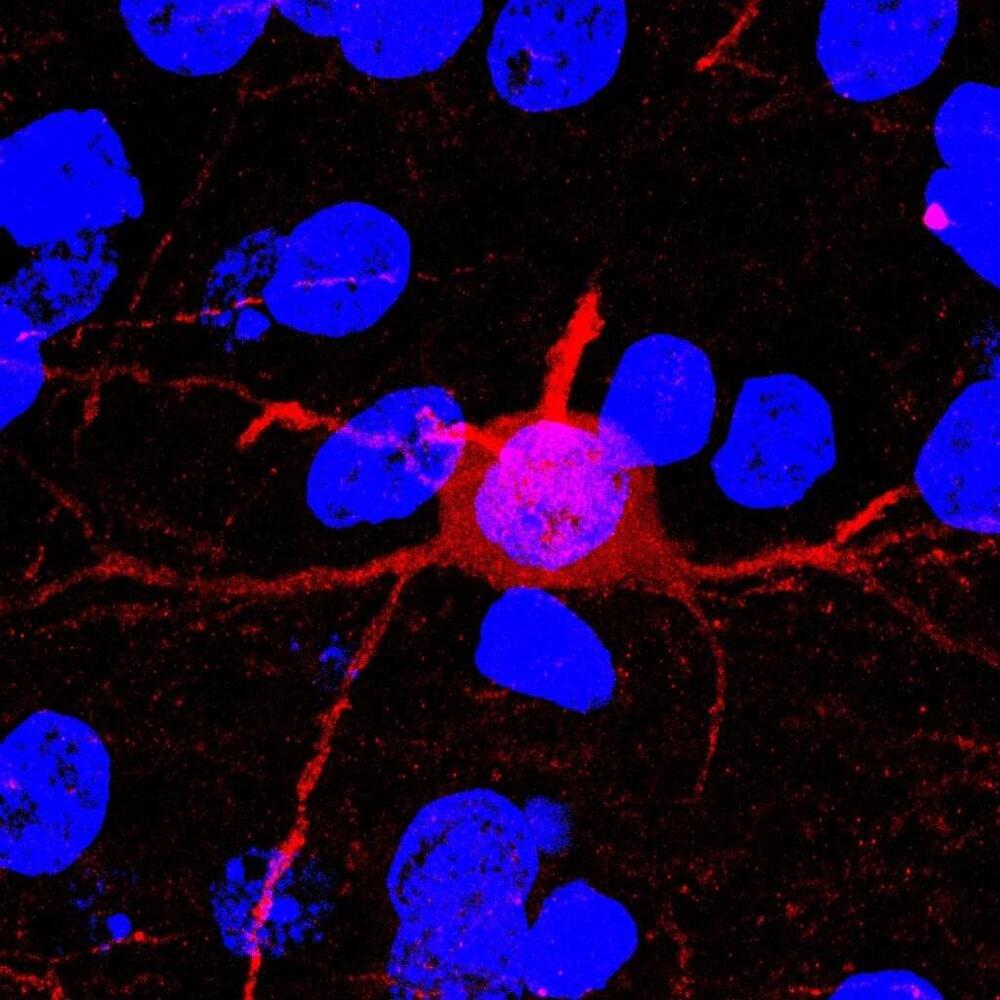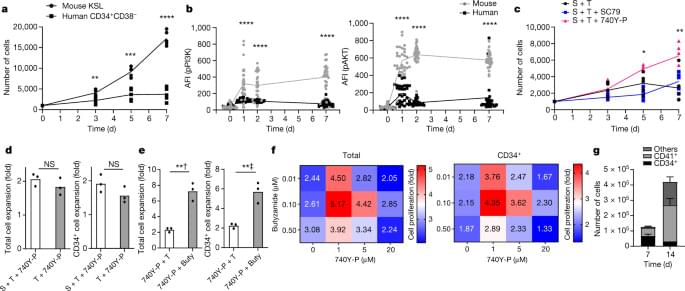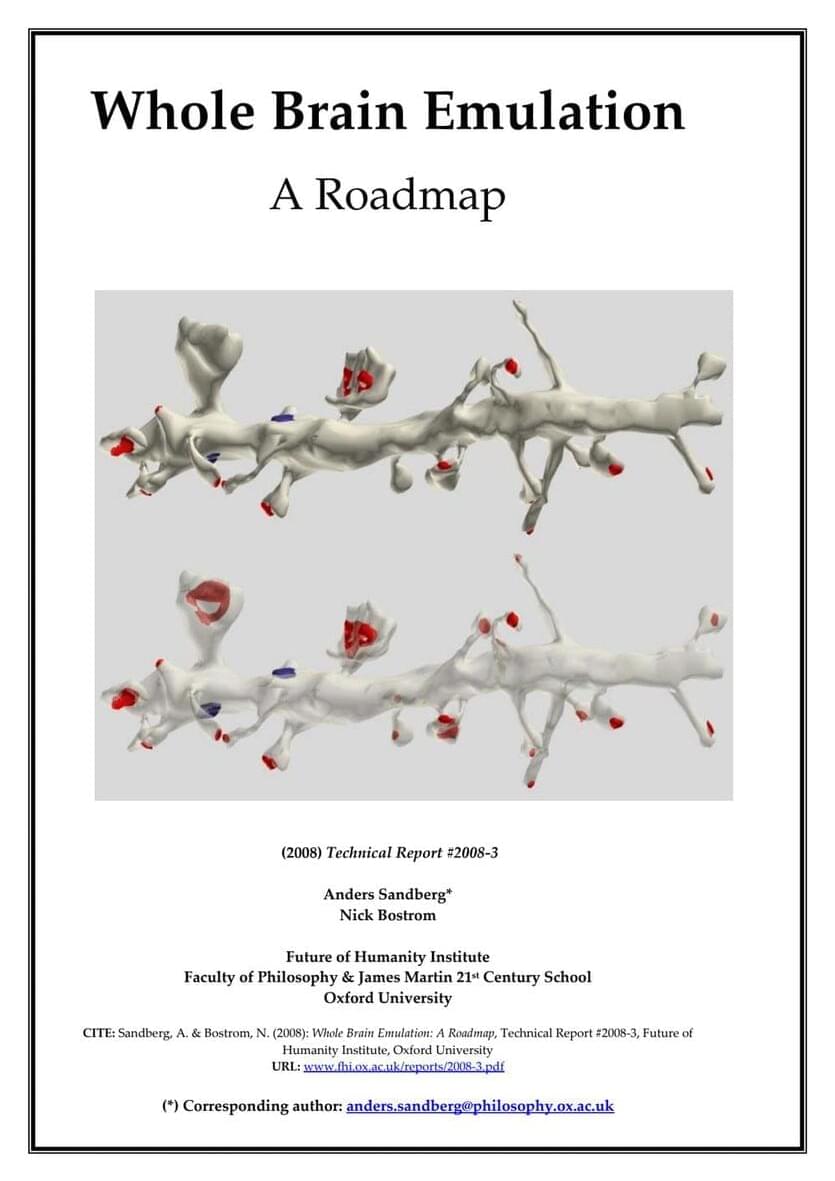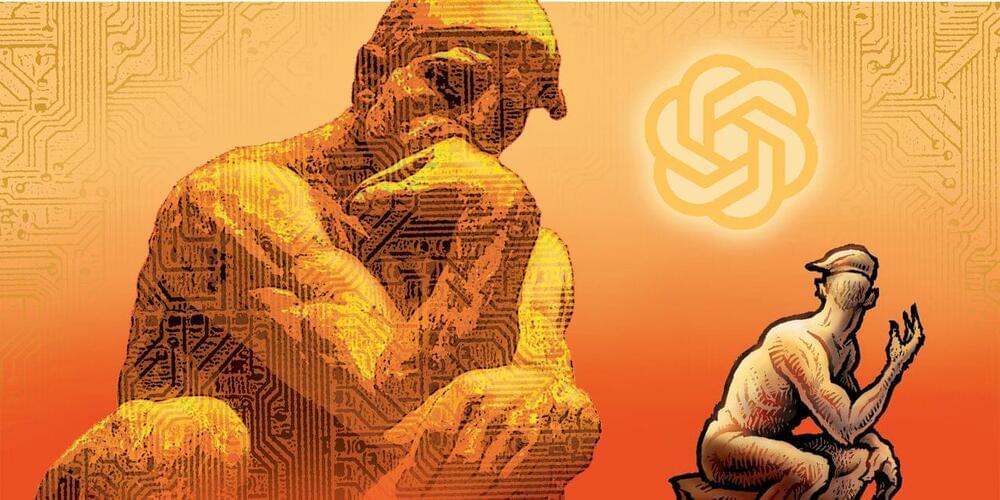Page 3027
Feb 25, 2023
This bionic finger uses touch to “see” inside human tissue, electronics
Posted by Dan Breeden in categories: biotech/medical, cyborgs, transhumanism
The human fingertip is an exquisitely sensitive instrument for perceiving objects in our environment via the sense of touch. A team of Chinese scientists has mimicked the underlying perceptual mechanism to create a bionic finger with an integrated tactile feedback system capable of poking at complex objects to map out details below the surface layer, according to a recent paper published in the journal Cell Reports Physical Science.
“We were inspired by human fingers, which have the most sensitive tactile perception that we know of,” said co-author Jianyi Luo of Wuyi University. “For example, when we touch our own bodies with our fingers, we can sense not only the texture of our skin, but also the outline of the bone beneath it. This tactile technology opens up a non-optical way for the nondestructive testing of the human body and flexible electronics.”
According to the authors, previously developed artificial tactile sensors could only recognize and discriminate between external shapes, surface textures, and hardness. But they aren’t capable of sensing subsurface information about those materials. This usually requires optical technologies, such as CT scanning, PET scans, ultrasonic tomography (which scans the exterior of a material to reconstruct an image of its internal structure), or MRIs, for example. But all of these methods also have drawbacks. Similarly, optical profilometry is often used to measure the surface’s profile and finish, but it only works on transparent materials.
Feb 25, 2023
Particle accelerator creates substance that hasn’t existed for 13 billion years
Posted by Dan Breeden in category: particle physics
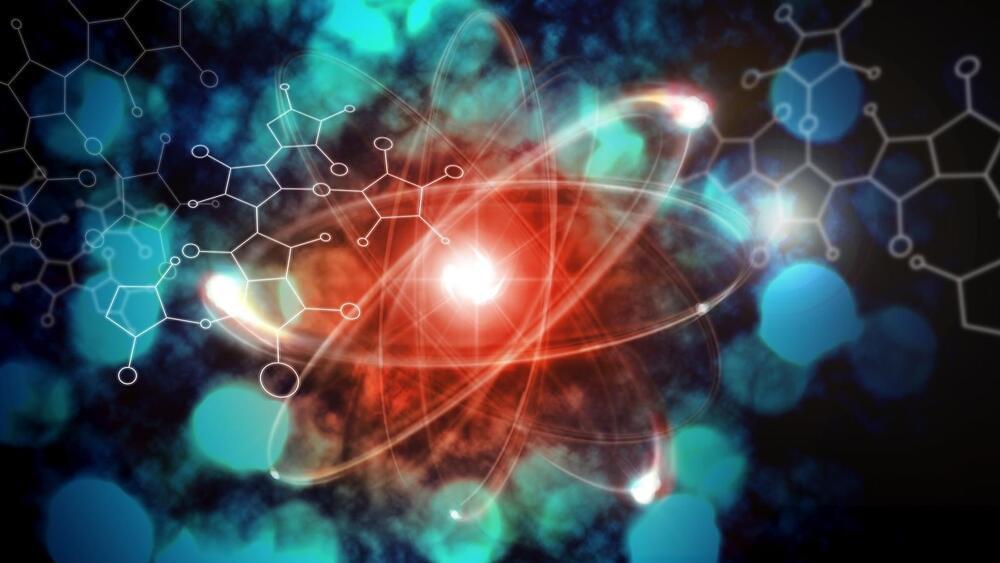
It hasn’t existed since the beginning of time itself, but now scientists have managed to create what they call quark soup. This substance is believed to be the smallest, hottest, and densest state of our universe and the very “soup” that allowed the universe to grow and expand into what we know it as today.
The feat was made possible thanks to a powerful yet very complicated particle accelerator. According to research featured in a video by Scientific American, the universe began as a quark soup — the smallest, most fundamental building blocks of our atoms. Scientists say these quarks floated in a fluid-like force that held them all together inside their proton and neutrons.
Continue reading “Particle accelerator creates substance that hasn’t existed for 13 billion years” »
Feb 25, 2023
Look! New Webb Telescope Image Shows 300,000 Stars in Incredible Detail
Posted by Atanas Atanasov in category: space
Feb 25, 2023
A new epigenetic brain defense against recurrence of opioid use
Posted by Michael Taylor in categories: biotech/medical, genetics, neuroscience
Substance use disorder (SUD) is an extremely difficult disorder to overcome, and many individuals with SUD return to regular use after repeated attempts to quit.
A return to regular drug use can be caused by the body’s physical dependence on the drug as well as experiences associated with prior drug use. Exactly how these drug associations are formed in the brain and how they trigger a return to drug use remain unclear.
“Individuals make long-lasting associations between the euphoric experience of the drug and the people, places and things associated with drug use,” said Christopher Cowan, Ph.D. professor in the Department of Neuroscience at the Medical University of South Carolina (MUSC) and member of the Brain and Behavior Research Foundation Scientific Council.
Feb 25, 2023
Why Discovering Aliens is a Really BAD Idea
Posted by Jose Ruben Rodriguez Fuentes in category: futurism

The human race already has enough problems here on Earth, and any extraterrestrial visitors we have will definitely complicate things! Check out today’s epic new video to find out why we DON’T want to discover aliens, ever!
🔔 SUBSCRIBE TO THE INFOGRAPHICS SHOW ►
Continue reading “Why Discovering Aliens is a Really BAD Idea” »
Feb 25, 2023
Chemically defined cytokine-free expansion of human haematopoietic stem cells
Posted by Genevieve Klien in categories: biotech/medical, chemistry
A culture system allows the long-term expansion of human haematopoietic stem cells (HSCs) in vivo without the use of recombinant cytokines or albumin, with potential applications for clinical therapies involving HSCs.
Feb 25, 2023
Astronomers create map of more than 1 billion galaxies
Posted by Genevieve Klien in categories: computing, cosmology
Recently an international collaboration of astronomers released the most accurate map yet of all the matter in the universe, to help to understand dark matter, and now this is being joined by the largest two-dimensional map of the entire sky, which can help in the study of dark energy. A data release from the Dark Energy Spectroscopic Instrument (DESI) Legacy Imaging Survey shared the results from six years of scanning almost half of the sky, totaling one petabyte of data from three different telescopes.
The reason that such large-scale data is required to study dark energy and dark matter is that these can only be detected due to their effects on ordinary matter — so researchers need to look at many galaxies to track how these otherwise unseen forces are adding mass or affecting the interaction between galaxies. This particular map was created to help scientists identify 40 million target galaxies which will be studied as part of the DESI Spectroscopic Survey.
To make the map as comprehensive as possible, the researchers included data taken in the near-infrared wavelength as well as the visible light wavelength. That is important as the light from distant galaxies appears redshifted, or shifted toward the red end of the spectrum, due to the expansion of the universe. “The addition of near-infrared wavelength data to the Legacy Survey will allow us to better calculate the redshifts of distant galaxies, or the amount of time it took light from those galaxies to reach Earth,” explained one of the researchers, Alfredo Zenteno of NSF’s NOIRLab, in a statement.
Dropbox is a free service that lets you bring your photos, docs, and videos anywhere and share them easily. Never email yourself a file again!
Feb 25, 2023
Opinion: The King, Student-Loan Forgiveness, and the Supreme Court
Posted by Dan Kummer in categories: innovation, robotics/AI
A new technology bids to transform the human cognitive process as it has not been shaken up since the invention of printing. The technology that printed the Gutenberg Bible in 1,455 made abstract human thought communicable generally and rapidly. But new technology today reverses that process. Whereas the printing press caused a profusion of modern human thought, the new technology achieves its distillation and elaboration. In the process, it creates a gap between human knowledge and human understanding. If we are to navigate this transformation successfully, new concepts of human thought and interaction with machines will need to be developed. This is the essential challenge of the Age of Artificial Intelligence.
The new technology is known as generative artificial intelligence; GPT stands for Generative Pre-Trained Transformer. ChatGPT, developed at the OpenAI research laboratory, is now able to converse with humans. As its capacities become broader, they will redefine human knowledge, accelerate changes in the fabric of our reality, and reorganize politics and society.
